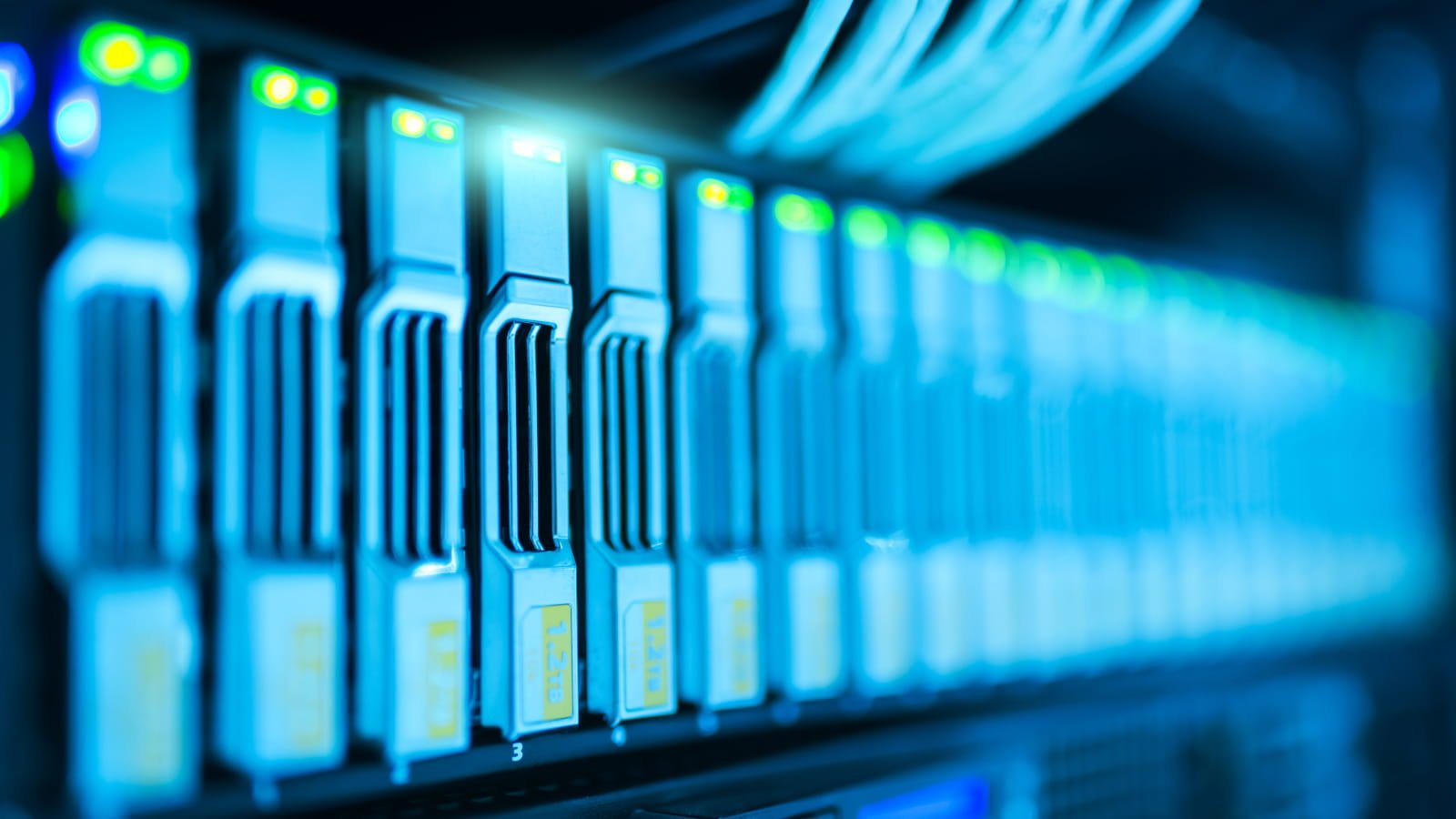HI, Thanks for the info (and also thanks to PoVog).
My experience with mqtt is limited. I once set up a ejabberd server to try it out. It works but -as I mainly interested in federated chat- it was not that interesting. There was a lot less traffic and the rooms that exist that had traffic had a big issue with moderation (i.e. spam content). The S/N ratio of the discussions was a lot less then on matrix or other platforms.
I also notice it was missing some features that are do are present in matrix, like the ability to edit messages. From how I understand it, the modulator nature of XMPP is a nice idea but as there is a large diversity on clients and the features they support, it does seems to come down to only the lowest common domininator to really work well.
As I have just set up a pi5 as my new selfhosting-server, I might give it a try again, and see how well the transports (like slidge as mention by PoVog) work.
Concerning the URL issue, as explained, it kind-of looks like a normal side-effect of the principle of server authentication. Alsom your use-case (one server, one client) it not the normal goal why chat-servers are build. Even in a non-federated use, you have multiple clients connecting to it. Cchanging the server hostname will impact all clients, so is probably a very rare scenario. I did see you use synapse. I do not know if you dendrite or conduit have the same behaviour.



You mean "copy the photos you have taken but you not want in your device if you would get checked on your way back out to a server in a hostile country " ?
99.99% if the normal tourists do not have a personal server to store their photos. They use a commercial cloud. By using your personal server, you behave differently from 99.99% of the tourists.
" Why do you keep your images to your personal server and not the cloud? What do you have to hide? "